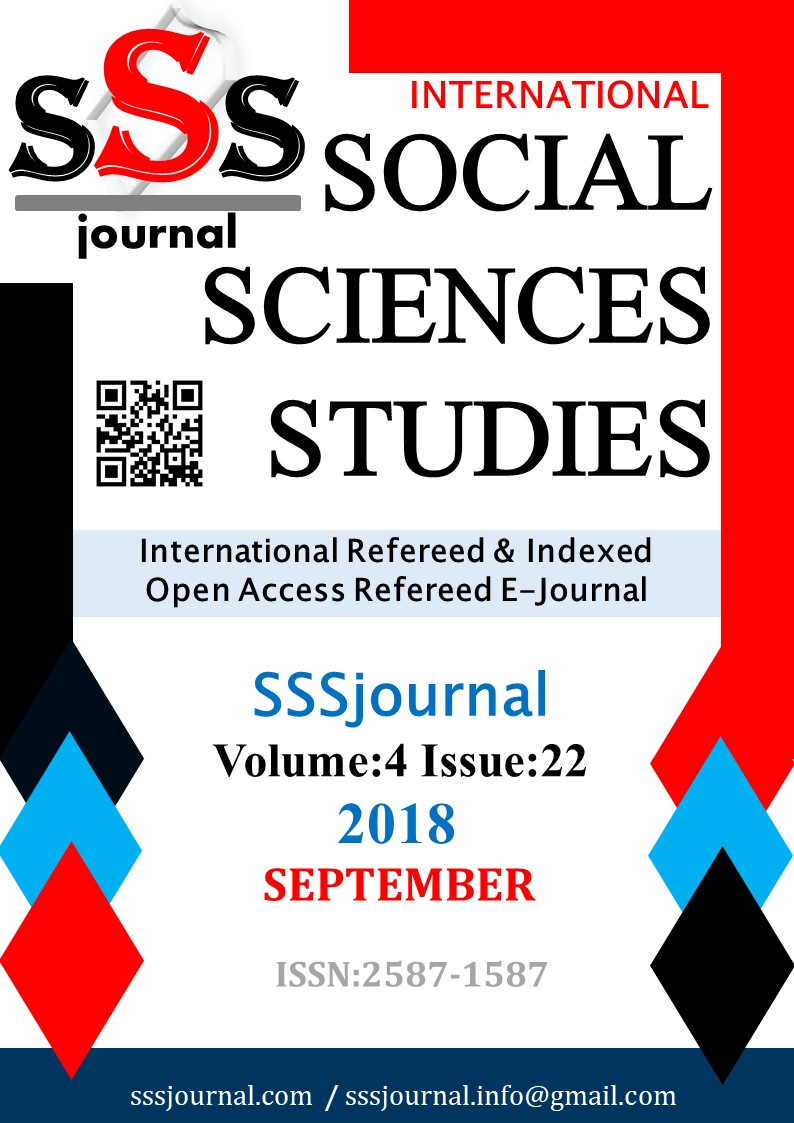Author :
Abstract
Keywords
Abstract
City is regarded to be separate from nature, whereas countryside is thought to be close to nature. Industrial production is assumed to be the primary activity of city dwellers; however, countryside dwellers are mainly engaged in agricultural activity. As a result, the countryside dwellers have a strong and symbiotic relationship with nature while city dwellers’ connection with nature dwindles day after day. This article aims to illustrate the relationship between man and nature in At Hawthorn time by Melissa Harrison with regard to ecocriticism. In the novel, Harrison compares London to a village entitled Lodeshill and portrays the modern lifestyle of the city and countryside. She also draws our attention to the influence of technology on the countryside. As in the modern countryside machines have taken over farm-labors, farmers have sold their properties and are looking for employment in the city. The story unfolds around four main characters; this paper examines their lifestyle in the city and countryside. In addition, each character’s connection with nature is investigated.
Keywords
- Adams, W. M. Green Development: Environment and Sustainability in the Third World. New York and London: Routledge, 2009.
- Blake, William. "Songs of Innocence and of Experience." Blake Songs (1789-1794): 40. Bunce, M. F. The Countryside Ideal: Anglo-American Images of Landscape. 1994.
- Commoner, Barry. The Closing Circle nature, man and technology. New York: Alfred A. Knopf, 1971.
- Goudie, Andrew S. The Human Impact on the Natural Environment: Past, Present, and Future. USA/UK: 6th edn Blackwell, 2006.
- Harrison, Melissa. At Hawthorn Time. London: Bloomsbury Publishing, 2015.
- John Robert McNeill, Alf Hornborg, Joan Martinez Alier. Rethinking Environmental History: World-system History and Global. Plymoth, United Kingdom : AltaMira Press, 2007.
- Louv, Richard. Last child in the woods. New York, Routledge 2008.
- Wilson, Edwar O. "E.O. Wilson's concept of biophilia and Enviromental movent in the USA." Internet Journal of Historical Geography And Environmental History (2009): 4-17.





